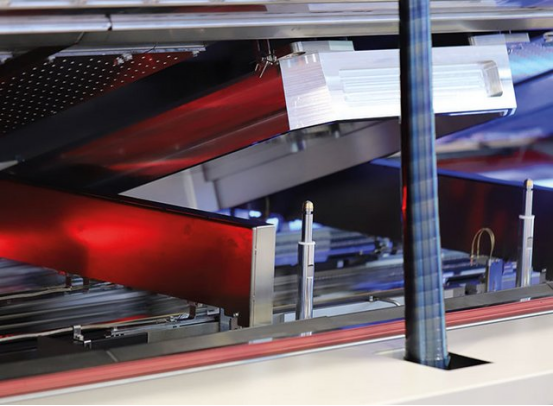Double sided reflow soldering method for circuit boards
Release time:2023-10-20Publisher:Jeenoce
There are two main methods for double-sided reflow soldering of circuit boards: 1. One side is processed with red adhesive, and the other side is processed with solder paste; 2. Both sides are processed using solder paste technology. Below, JEENOCE will introduce the method.

1、 For the first method, it is suitable for PCB boards with dense components and different sizes of components on one side. Especially for large components with high weight capacity, they may fall off after passing through the reflow soldering furnace, and the red glue will become more sturdy when heated. The production process is as follows: incoming inspection report inspection - PCB's A-side screen printing ink solder paste - SMT type - AOI or QC inspection - A-side flow back to welding - flip hook - PCB's B-side screen printing ink red glue or dot red glue (note that whether it is dot red glue or screen printing ink red glue, it is all applied to the middle position of the component, and do not let the red glue environment pollute the welding layer, causing the component foot to not solder wire) -Patch type - drying treatment - cleaning - inspection - repair.
2、 For the second method, there are many components that are suitable for both sides, and both sides are PCB boards with large and medium-sized closepin ICs or BGAs. Due to the fact that if red glue is applied, the temperature must reach over 200 degrees Celsius when passing through the solder paste board, which can easily render the dried red glue ineffective and brittle, leading to many electronic devices falling off.
It should be noted that regardless of the method used, the solder paste surface must be refluxed and welded before the red adhesive surface is dried.

